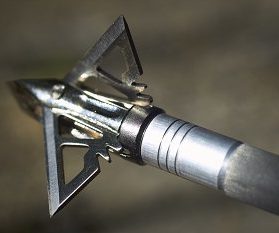
To learn what makes a broadhead fly incredibly accurate or frustratingly erratic.
Let’s examine the four main factors in broadhead flight.
If you have these four things:
- A good broadhead
- The right arrows
- A bow that’s been set up correctly
- Good shooting practices
then your broadheads will be deadly accurate.
The Broadhead
There are dozens and dozens of broadheads on the market – some are bad, the majority are good, and there are a few that are great.
I do, however, want to debunk the statement that a particular broadhead “flies like a field point”. This statement is sometimes inaccurate, and always incomplete. There are more factors to broadhead flight than the broadhead itself. For example, consider three scenarios that will often yield different results. The downrange results most likely changed in these three scenarios, but did the broadhead itself change? Not one bit. In some cases the broadhead might have flown “like a field point”, but in other cases it wouldn’t have. In all cases, nothing about the broadhead changed. So, yes, broadhead choice matters. If you’re checking or “tuning” your setup for broadheads, then your best bet is to shoot with several different models to see what results in you get. Pick up some cheap (used even) broadheads that you keep just to test and compare with. I can’t overstate how important arrow selection and arrow quality is for broadhead flight. Your arrows have to be spined correctly if you want a great broadhead flight. To learn more about all of that, check out this post… Once you know what arrow shaft you’ll be shooting, you need to make sure that it is built and assembled properly. Because broadheads are less forgiving than field points, little things like “squaring” the ends of the shaft become really important. You’ll also want to “spin test” your arrow assembled arrows to make sure there’s no sign of imbalance or wobble. To learn more about arrow shaft prep and assembly, check out this post… Finally, in terms of arrows, let’s talk about fletching choice. Then there are the factors of installing the vane straight, with an offset, with a helical, or some sort of combination. (The greater the offset or helical, the greater the drag of the arrow, and the quicker the arrow will stabilize.) Increased drag is a good thing for most “hunting distances”, but can have negative effects for shooting broadheads at longer ranges. Drag slows an arrow which causes it to lose down-range momentum and makes it less resistant to outside forces, like the wind. That’s why, for example, if you’re interested in long-range accuracy, then you want to get away with as small of a vane as you possibly can. You have to balance all of these variables. And I can’t address every combination of broadhead, vanes/fletching/feathers, and straight/offset/helical, (not to mention things like 3-fletch vs. 4-fletch), but I will say this: I have found Q2i’s 3″ Fusion vanes with a slight offset and helical to be one of the most consistent and versatile setups that I’ve tested. It’s fun to play with other choices/configurations, but force me to choose one set up for anything and everything, and it’s going to be 3″ Fusions. We are finally to the section that most guys jump to first, and that’s bow setup. Before you ever attempt to broadhead tune, or check the accuracy of your broadhead flight, it’s important that you know the bow has been setup and tuned properly. Make sure that your cams are “timed” or in sync with one another. Another critical aspect of bow setup for broadhead flight is your arrow rest. Your center shot and rest/nock height must be correct to begin with. To confirm your arrow selection and arrow rest settings, it’s a good idea to do some “diagnostic shooting”. The two primary methods are paper tuning and walk back tuning. Here’s how you do each one… We might need to make some adjustments from there. But we’ll cover that in our next post, which will be a step-by-step tutorial on the process of broadhead testing and tuning. Finally, let’s talk about you. Because broadheads are inherently less-forgiving, flaws in your shooting form and technique are magnified. The most common shooter errors that cause problems with broadhead accuracy are grip, anchor point, and form/draw-length. Yes, it’s true – maybe the problem with shooting broadheads is you. There are some universal principles for “proper” grip (such as keeping loose pressure, letting the bow “cradle” in between your thumb/forefinger, etc.), and there are variables that vary from person-to-person, or bow-to-bow (such as using low/med/high grip, amounts of side pressure, etc). Make sure your grip isn’t inducing any sort of torque into the bow at full-draw, and make sure you are not “grabbing” your bow’s grip upon release. In terms of anchor points, you need to make sure that you have multiple anchor points that are identifiable, repeatable, and comfortable. Here’s how to make that happen… Last in this article, but certainly not the last thing to be considered, is your shooting form. Things like feet placement and head position matter for all shooting. And weaknesses in form become even more apparent when shooting less-forgiving broadheads. The most common form flaws are derived from incorrect draw lengths. Whew, that’s a lot of info – and we didn’t even talk about the actual process of tuning for broadheads yet! But here’s the thing, if you follow this advice, then you probably won’t need to “broadhead tune”. If your broadheads are close to where they need to be, but not flying with your field points exactly, then we can make some adjustments and do some “tuning”. That’ll be what we cover next…
The Arrow
Fletching Choice
The Bow
The Shooter
Time to Broadhead Tune (Maybe)


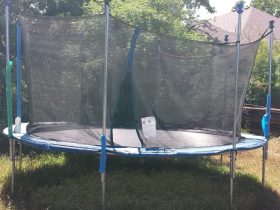


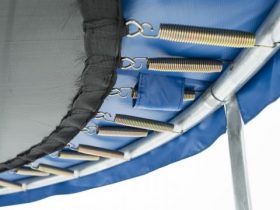

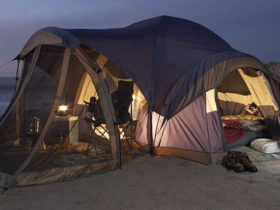
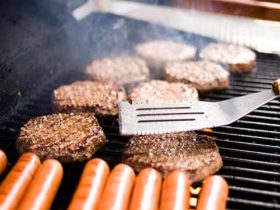
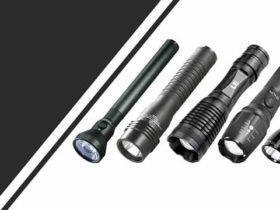

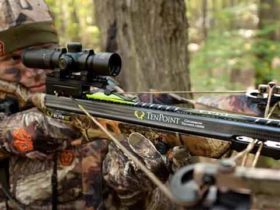

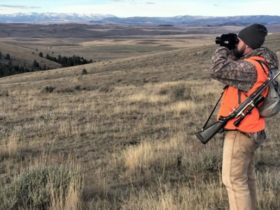

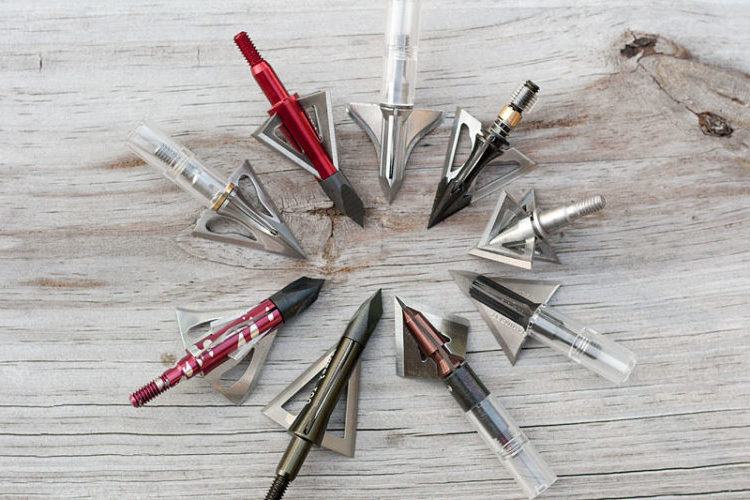
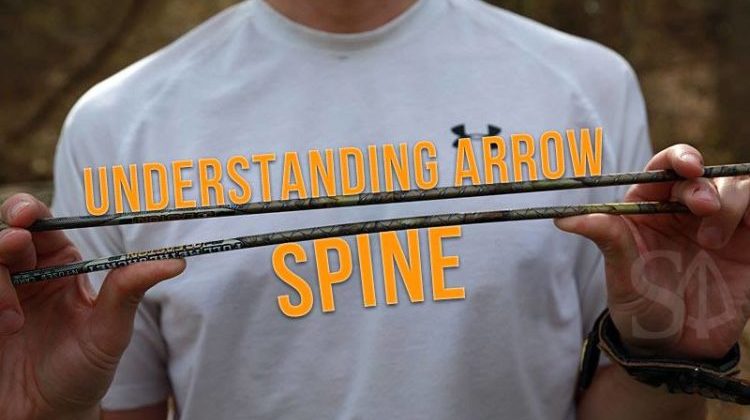
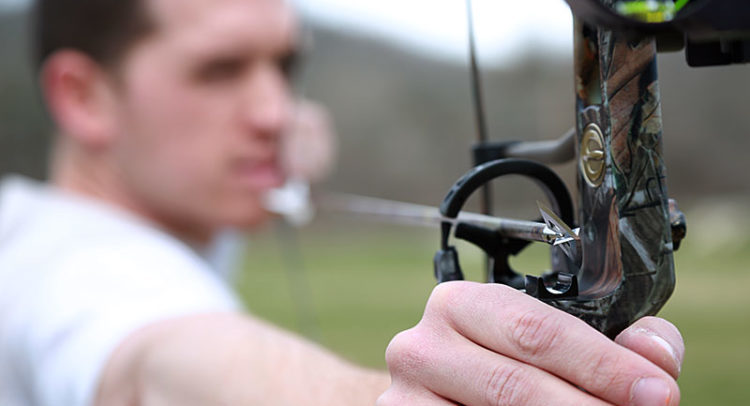
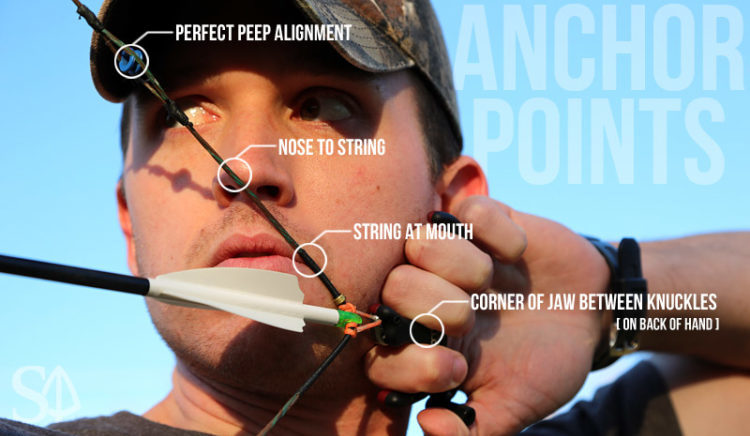




Leave a Reply
View Comments